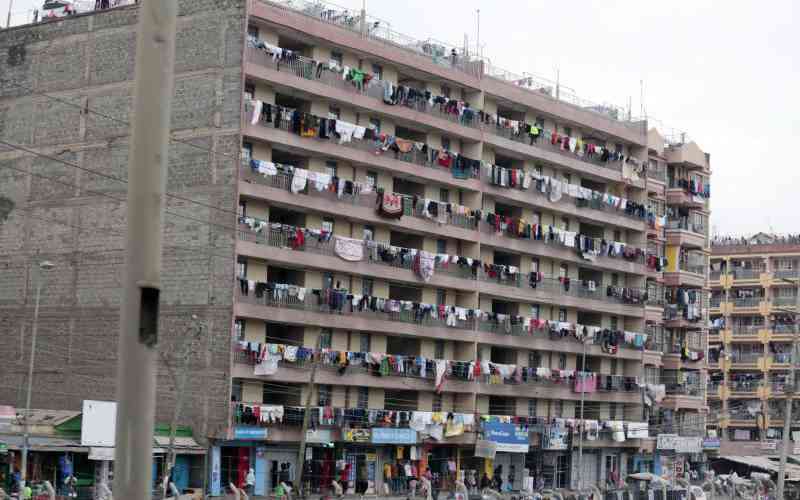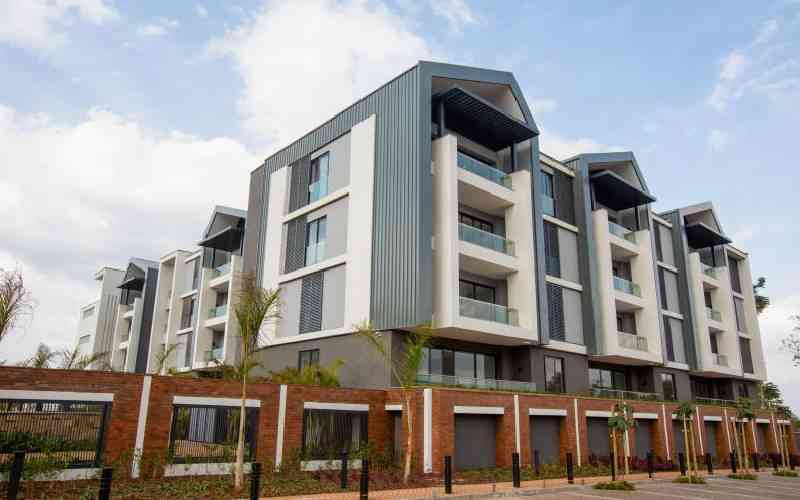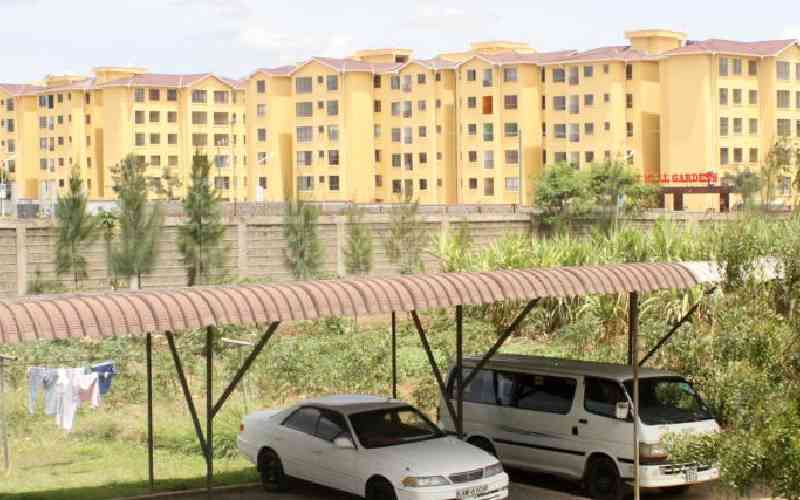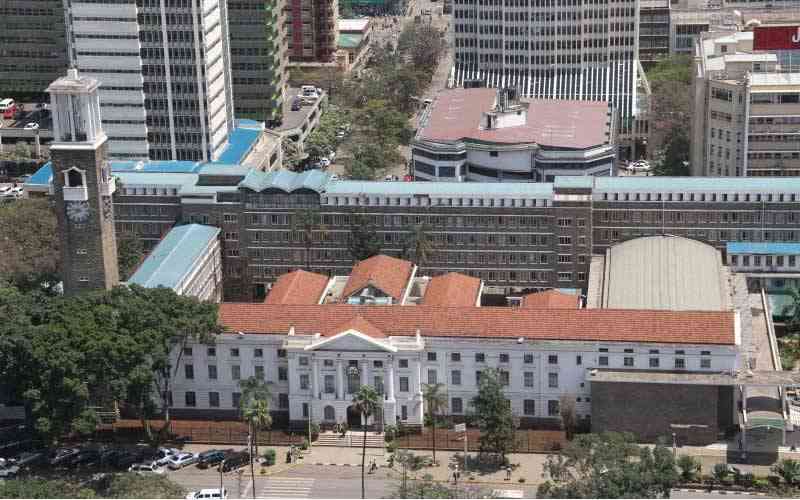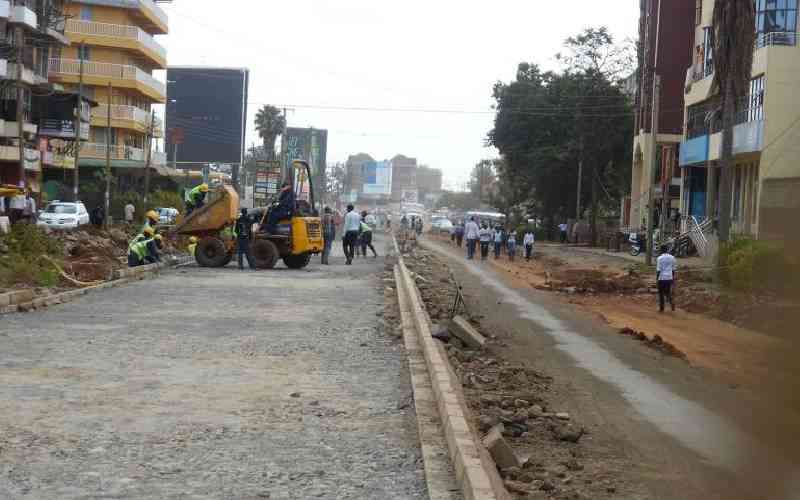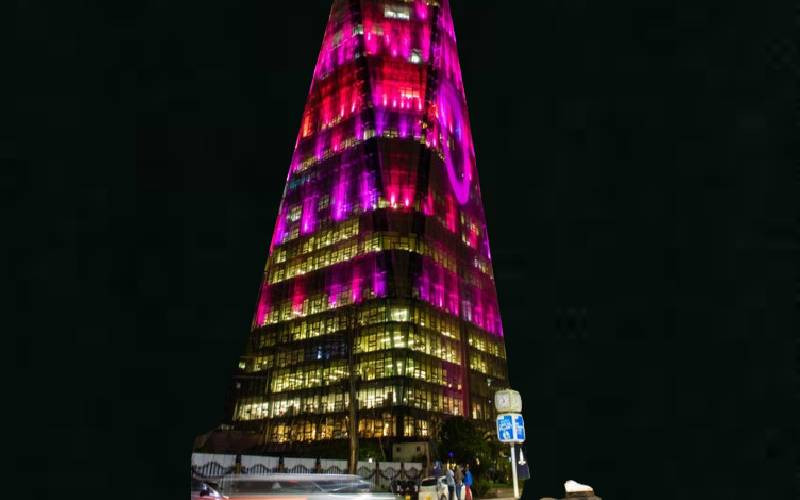
In ancient Babylon lived a man called Nimrod. He was the founder and king of the first empire in the world.
According to historians, Nimrod was an aggressive man who devised a clever method to detach people from overreliance on a single deity and unite the fragments of a scattered populace.
So, under his direction, he supervised the construction of what was to be the world’s tallest structure, the Tower of Babel. According to Jewish Antiquities, “the tower rose with speed beyond all expectations”.
If you ask Prof Alfred Omenya, a sustainability architect, there are remnants of Nimrod still residing in the city.
Nairobi Governor Johnson Sakaja has told off the Kilimani, Kileleshwa and Lavington residents who are alarmed by the mushrooming of high-rise buildings within their neighbourhood and lowering the quality of their lives. “Stop complaining,” Sakaja told them.
“The height restrictions have been removed in the city. We will build up to 25 floors.”
According to Sakaja, city boundaries have remained the same. At the same time, the population keeps growing, necessitating the need to review the height restrictions in several city suburbs that initially only allowed for single-dwelling structures.
“Nairobi is 696 square kilometres. In 2050, Nairobi will have a population of 10.5 million people. Are we going to expand the boundaries? No. The only way to go is up.”
In fact, if the Development Control Zoning Framework before the Nairobi County Assembly sails through, certain Nairobi areas will have structures up to 75 floors.
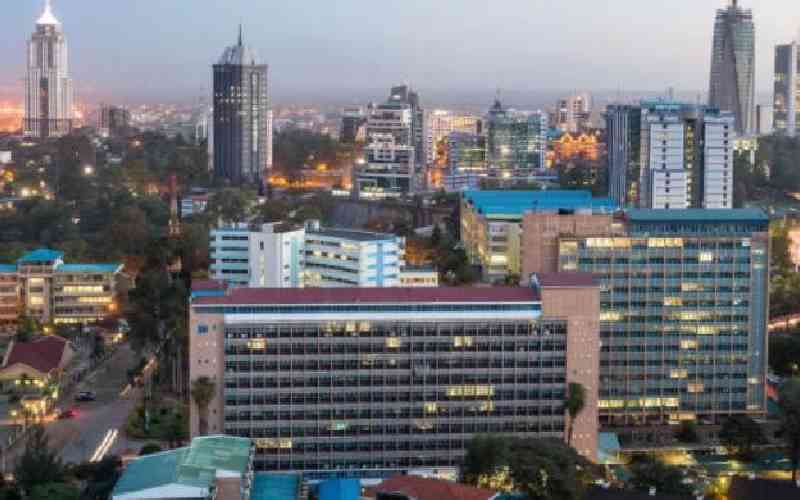
These include areas between Valley Road, Argwings Kodhek Road, Ralph Bunche Road, Ngong Road, Hospital Road, Upper Hill Link Road and Mbagathi Way.
Other zones to carry the 75-floor buildings include Dennis Pritt Road, Ralph Bunche Road, State House Road, Muratina Street, Kipanga Athumani Street, Mweni Road, Hombe Road and Ring Road Ngara.
And while Omenya is not against the construction of skyscrapers in Nairobi, he is not buying the ‘ballooning population’ argument in favour of high-rise structures from the governor yet.
“First, there is no ballooning population or perhaps the governor does not know the meaning of the word balloon. The whole population of Kenya is just (double) the population of the city of Mumbai, India. And Nairobi will not be a mega city by 2030. In fact, the entire population of Kenya can fit in Nairobi and we can use the rest of the country for agriculture.
Omenya says the problem with Nairobi is not the lack of houses but the issue of affordability, citing the many completed but empty structures “strewn all over the city simply because Nairobians cannot afford to live in Nairobi”.
High-rise buildings, he says, define the cities all over the world, citing the cases of Singapore, Hong Kong, and New York. However, he adds that these cities are supported by requisite amenities that make life enjoyable for those living in the skyscrapers.
For example, the Central Park in New York is surrounded by high-rise residential buildings that enjoy the park below with water bodies. The amenities act as a buffer zone and prevent any illegal encroachment.
In Nairobi, he says such amenities are missing in suburbs earmarked for the high-rise buildings forcing residents to reverse their vehicles into main roads due to space constriction.
“We just saw what happened last Monday morning after just one night of heavy downpour. The city was not drivable due to poor drainage. We are in a hurry to fill every empty space with concrete and worsen the problem. Soon, residents of Kilimani will actually need boats to go to Kileleshwa following floods because there is no ground cover to act as a sink,” he says.
While the Architectural Association of Kenya (AAK) supports city densification, it says city leadership needs to align with best practices in other countries. According to AAK, Nairobi continues to experience inefficiency in urban planning and is devoid of good roads, well-drained neighbourhoods and open spaces.
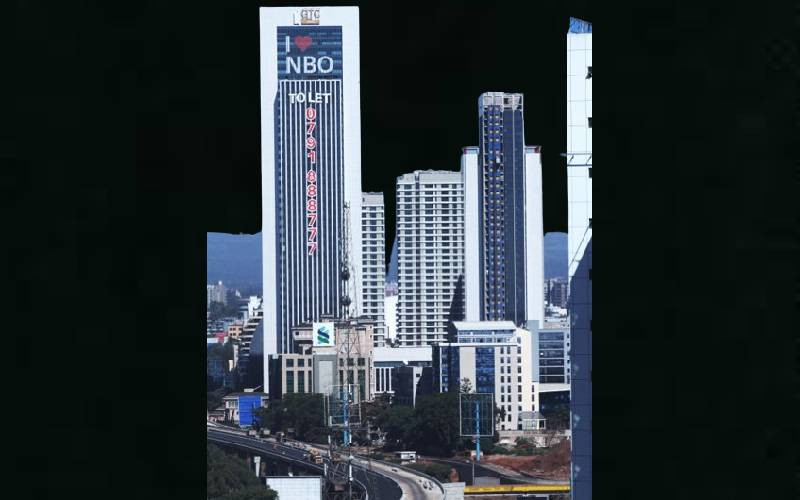
Professionals are available to guide this process and start off on already organised neighbourhoods to pilot local physical development plans and bring back order to our city.
“While we support densification and development towards a compact city, the issue of number of floors needs to be supported by improved infrastructure such as sewer and water reticulation, improved roads to include a metropolitan transport system, designated public parks and open areas,” stated AAK President Florence Nyole in a statement.
“All these should be led by the citizens of Nairobi through a public participatory exercise that develops local physical development plans. These plans will allocate appropriate uses to the land and define the ordinances that are acceptable to the public and that will grow organically alongside the infrastructure as it improves.”
The organisation cites a lack of public participation as an impediment to a properly organised city. This, AAK says, should include integrating the Nairobi Integrated Urban Development Master Plan (NIUPLAN) of 2015 into neighbourhood plans and making solid progress to improve infrastructure through a master plan in collaboration with national government agencies.
“As we speak, the Sessional Paper No. 3 of 2023 on the Development Control Policy is devoid of public participation. We as professionals have shared comments and reviewed the document since 2021, but so far, none of our submissions has been put into consideration,” says Ms Nyole.
In Nairobi, Prof Omenya says all the governor has done through his pronouncement is open up the remaining land for speculation “to the point where we cannot afford to set aside land to bury Nairobians when they die”.
For example, Prof Omenya says a decade ago, an acre of land in Kilimani went for Sh40 million but is today selling for Sh400 million. To recoup land and construction expenses and still make a profit out of 40 units, a developer will have to sell a unit for Sh15 million or more.
“How many can afford that? First, the governor has pushed up land prices through rezoning. Next, developers will put up apartments on the rezoned land that become unaffordable for intended residents, and the cycle continues. So, the high-rise buildings will perpetuate the same problems they are supposed to solve,” says Omenya.
Lawyer Donald Kipkorir says: “Converting Nairobi City into a slum is now official policy, we are witnessing the end of Nairobi as a great city. In a few years, Nairobi will be a big slum city like Kinshasa or Mogadishu. UNEP will pull out of Nairobi. Embassies based here that cover East and Central Africa will relocate to Kigali. It is truly sad how political excitement makes politicians destroy a city and country. What a sad epitaph to Nairobi.”
 The Standard Group Plc is a multi-media organization with investments in media platforms spanning newspaper print
operations, television, radio broadcasting, digital and online services. The Standard Group is recognized as a
leading multi-media house in Kenya with a key influence in matters of national and international interest.
The Standard Group Plc is a multi-media organization with investments in media platforms spanning newspaper print
operations, television, radio broadcasting, digital and online services. The Standard Group is recognized as a
leading multi-media house in Kenya with a key influence in matters of national and international interest.



